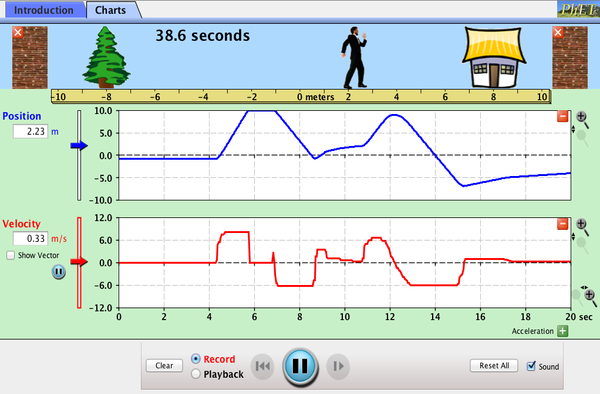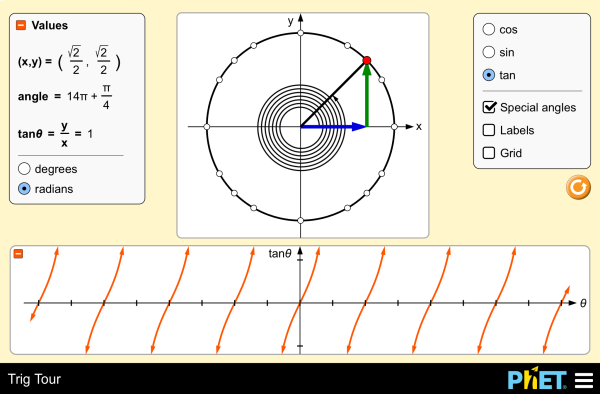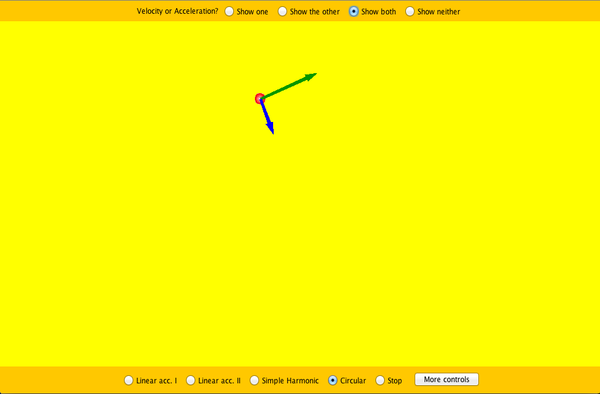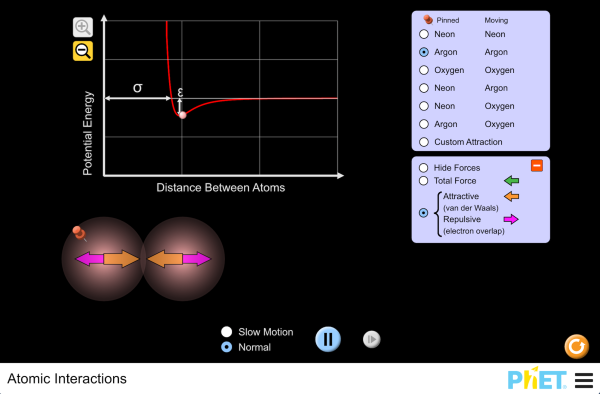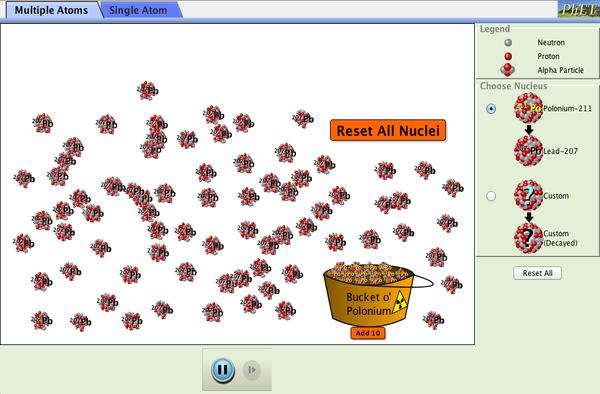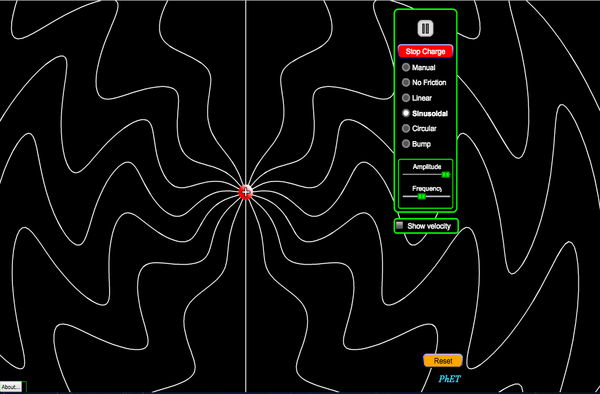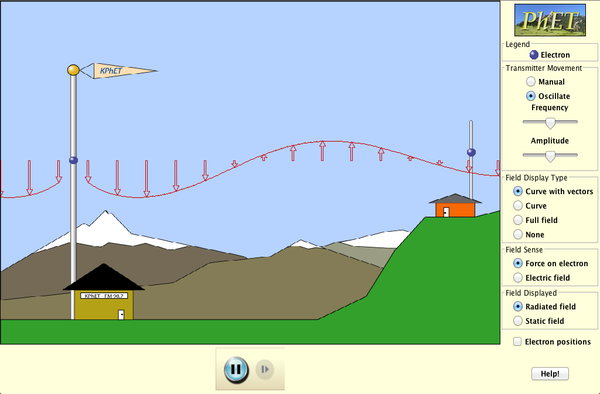Relativity, Spacetime, and Contemporary Physics
Phys 130, Fall 2017
Resources and Demos Page





Hugel 020
Physics Department
Lafayette College
730 High St.
Easton, PA 18042
Phone: (610) 330-5207
Email: thomasbd@lafayette.edu






Other Phys 130 Course Pages
- Course Web Page
- Course Moodle
Further Reading
-
HyperPhysics home page
-
NIST reference on constants, units, and uncertainty
-
Periodic Table of the Elements, courtesy of Los Alamos National Labs
- A more interactive
Periodic Table of the Elements, which includes a wealth of information about each element and its properties
-
List of relevant distance scales in physics by John Baez, University of California Riverside
-
PhET interactive simulations for physics, courtesy of the Physics-Education Research group at the University of Colorado
-
University of Buffalo Physics Department demos page
-
Advice on solving physics problems by Dan Styer, Oberlin College
- The Review of Particle Physics by the Particle Data Group, which provides reviews of
concepts in particle physics, measured values for physical constants, and information about the properties of subatomic
particles.
- CERN Website
Video Demos and Simulations
- Units, Length Scales, and Classical Physics
- Powers of Ten: Short film made in 1977 by Charles and Ray Eames which depicts the different phenomena which arise on length scales ranging from the size of the observable universe down to a fraction of the size of an atomic nucleus.
- Centers of mass: Highlighting the trajectory of the center of mass of various complicated objects thrown up in the air by painting the center of mass with fluorescent paint and viewing the objects under black light as they move. No matter how complicated the object, the center of mass traces out a perfect parabola.
- Relativity and Spacetime
- The Michelson-Morley Experiment and Its Impact: Neil deGrasse Tyson explains the Michelson-Morley experiment, an interferometry experiment performed by Albert Michelson and Edward Morley in 1887, the puzzling results of which paved the way for the special theory of relativity.
- The Michelson-Morley Experiment: Interactive simulation which illustrates the principle behind Michelson-Morley experiment.
- Photon Clock: Interactive simulation which provides an illustration of how time-dilation works.
- Synchronized Clocks: Interactive simulation which illustrates the relationship between length contraction and time dilation for moving clocks.
- The Doppler Effect and Relativistic Perception of Time: Interactive simulation which illustrates the relativistic Doppler effect and allows you to explore what a regular signal from a moving object looks like to an observer in a different reference frame.
- Black-Hole Merger: A computer-simulated image showing two black holes spiraling in toward each other and eventually merging into a single black hole. In the process, some of the initial energy of the system is radiated away in the form of gravitational waves.
- A Gravitational Wave Signal from LIGO: This video provides both a graphical and an audio representation of the gravitational wave signal observed at the LIGO Observatory in 2015. We can't actually hear gravitational waves, or course, but the frequencies of the gravitational waves produced by black-hole mergers are similar to the frequencies of sound waves that we can hear.
- Atomic and Nuclear Physics
- Geiger Counter: Interactive simulation which gives you the opportunity to determine the half-life of a radioactive isotope.
- Particle Physics
- Cloud Chamber: Tracks created by energetic particles interacting with supercooled vapor droplets in a Wilson cloud chamber.
- Muon Decay: Interactive simulation which allows you to explore the effect of time dilation on the decay of subatomic particles called muons, which are produced by cosmic rays interacting with atoms in the Earth's upper atmosphere.
- Virtual "tours" of the ATLAS Detector and the CMS Detector, the particle-physics at the CERN Large Hadron Collider (LHC) in Geneva, Switzerland which played a role in the discovery of the Higgs boson. You can get a sense of the scale in each case from the people standing on the catwalk on the opposite side of the ATLAS detector and the forklift on the ground near the CMS detector.
- Could We Create Dark Matter?: Short video made for a general audiences by CERN's Education Group about the possibility of producing and detecting evidence of dark matter at the Large Hadron Collider (LHC). The video provides a lot of general information about how the LHC works as well. We'll go into more detail than this in class, of course, but the video certaintly provides a nice synopsis of how particles are produced in a collider.
PhET Interactive Simulations
- Units, Length Scaled, and Classical Physics
- The Moving Man
- Trig Tour
- Motion in 2D
- Atomic and Nuclear Physics
- Atomic Interaction
- Alpha Decay
- Particle Physics
- Radiating Charge
- Radio Waves and Electromagnetic Fields








